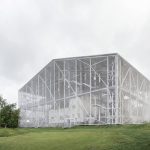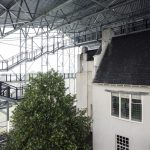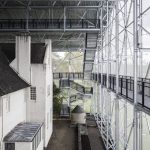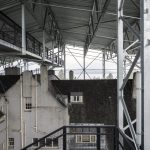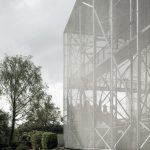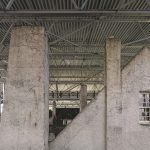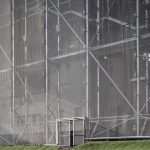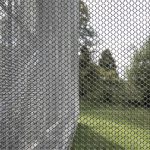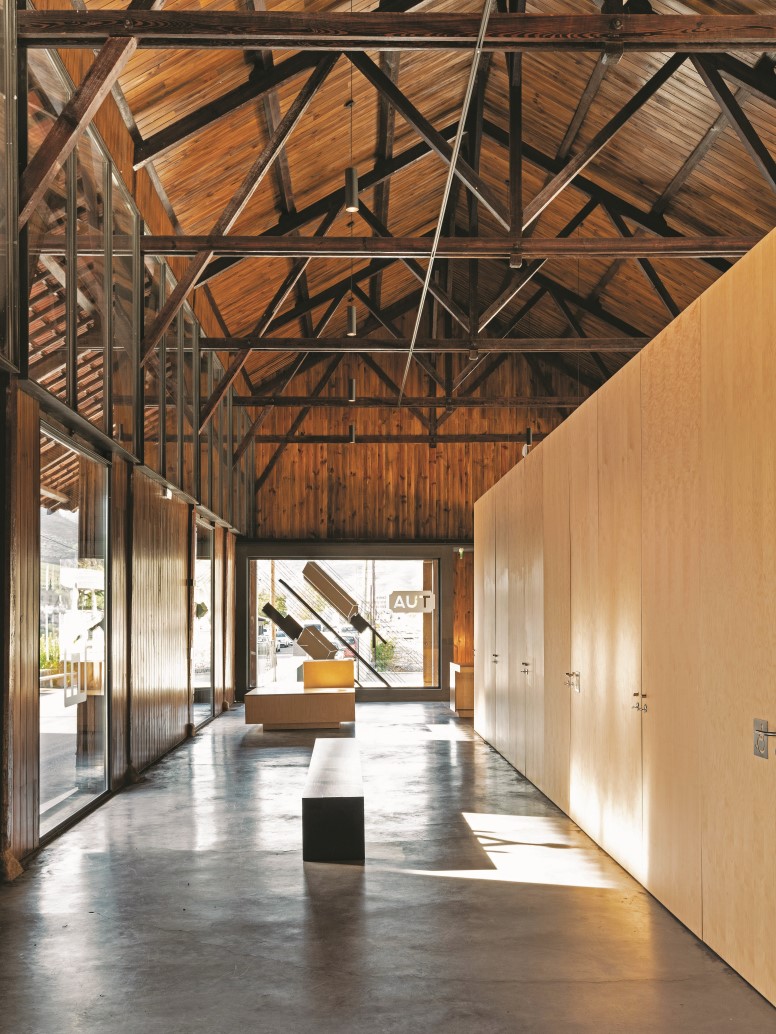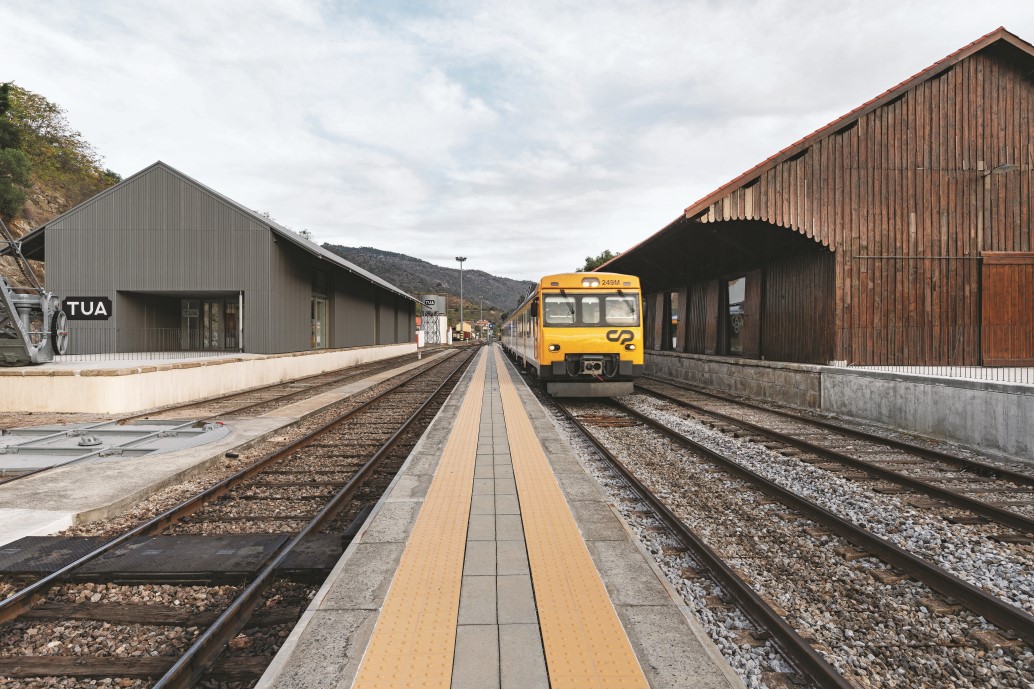The Hill House Box
The Hill House is one of the most significant works belonging to Charles Rennie Mackintosh, only second in importance after
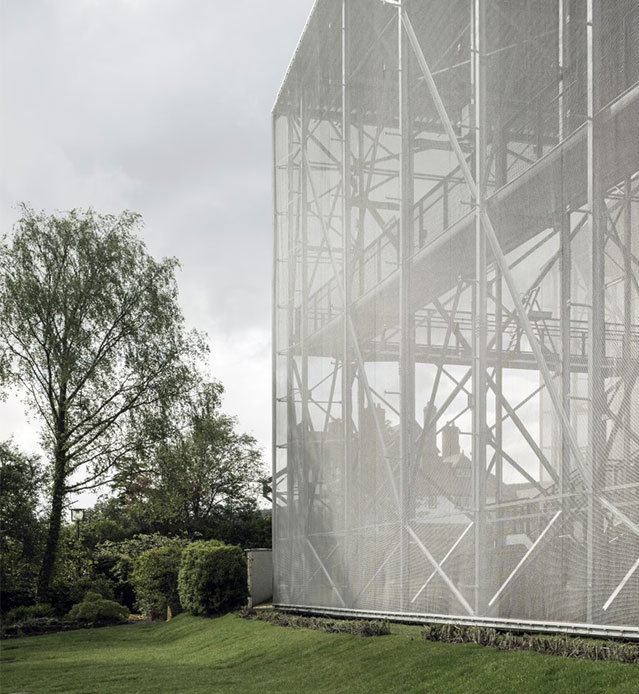
Carmody Groarke
-
Completion
: 2019
-
Photographs
: Johan Dehlin
The Hill House is one of the most significant works belonging to Charles Rennie Mackintosh, only second in importance after the Glasgow School of Art, the Scottish architect’s most renowned creation. The project also comes second on the list of residential interventions. The architect’s reputation on being autocratic in his approach made The Hill House the last commission of the type (1). Designed for publisher Walter Blackie and his hamily, the house is the result of courageous experimentation with Scottish baronial architecture, Japanese minimalism and Arts and Crafts’ leitmotifs undertaken by Mackintosh in collaboration with his wife, the artist Margaret MacDonald (2).
«Rather than incarcerate the house away from view whilst the restoration is undertaken, a more radical approach to active conservation has been taken. As an integral part of this process of conservation, which it is thought could take up to 15 years, the project proposes a ‹big-box› temporary museum to contain and protect the Hill House as an ‹artefact›, whilst also maintaining access to the house for visitors.
The new museum’s architectural identity will be a huge, abstracted garden pavilion whose walls are covered entirely with a stainless-steel chain-mail mesh. This semi-permanent enclosure provides a basic ‹drying-room› shelter to the original house whilst its rain-soaked existing construction is slowly repaired. This delicate enclosure also allows uninterrupted views, nightand-day, to-and-from the landscape to Mackintosh’s architectural icon. The cross-braced steel frame is designed to be grounded with minimum impact on the existing terraced-garden landscape.
Within this safe, sheltered construction working territory, the ‹museum› will provide a remarkable public visitor experience of the conservation in progress, achieved by an elevated walkway which loops around and over the Hill House at high level. The museum’s enclosure will also contain visitor facilities in a standalone timber building.»
- Ednie, C, Inside Carmody Groarke’s Hill House Box in Scotland, www.walpaper.com, 6 iunie 2019
- Ednie, C, Inside Carmody Groarke’s Hill House Box in Scotland, www.walpaper.com, 6 iunie 2019
The text belongs to the architects
SYNECDOCHE
ștefana Grădinariu
The project chosen for this section has triggered various responses at different stages within its’ research: the intuitive, initial interpretation, prior to reading the architects’ concept description, and the after thought that represents the reason why I find this piece of architecture a healthy example of approaching rehabilitation and conservation works to listed buildings.
Looking at the photographs of the house situated within a strangely oversized steel structure, one’s thoughts start to challenge epistemological notions: without the adjoining explanatory notes, the architecture is suspended in time as the observer has a difficult time establishing what came first. Images such as the one to the right invite mental associations with theatrical or filmic scenography such as the surreal shots of Synecdoche, New York (1). Similar to the way in which the world reconstructed within an abandoned Manhattan warehouse for a theatrical production becomes a substitute of the whole city (or perhaps, of any city), the box proposed by Carmody Groarke skilfully encapsulates (conceptually) both the critique and the solution to conventional rehabilitation procedure.
Notions of scale and authenticity are also open to interpretation: the title itself, The Hill House Box suggests the conceptual intent to invert regular perceptions and mental associations: for the house to fit within the box, either one or the other (or both) is of uncommon scale. In other words, either the house is not human-sized, or the box is, in fact, also a house. At the same time, the term «box» carries within its’ meaning the temporality of the intervention designed to shelter an object until it becomes fit to fulfil its destination, that of a museum. The novelty here is that, whilst the object is devoid of purpose, the envelope takes over, enriching the experience with new ones.
Perspective and Perception
Ultimately, the poetry of this concept lies within the new take it proposes on museum experience for a project of the sort. Thus, the cultural destination of the building is kept and enhanced through the introduction of an elevated pathway that takes the public around and above the monument. These new perspectives (from afar and at different heights, around and above) add different ways of perceiving the architecture that becomes model, artefact and archaeological site at the same time. Lefebvre’s theory defines this way of seeing as «the gaze of the topographer» and he associates it to urbanists, architects and urban law makers (2). Because it belongs to the specialist eye, this perspective is, from his point of view, synonym to a power discourse that generates abstracted representation (3). In the case of The hill house box however, the «gaze of the topographer» is intended for the public for which the construction is created. This way, the proposal fulfils another role and perhaps the most important one, that of an educational tool on architecture, rehabilitation and conservation. This way of seeing is also addressed by Foucault in The birth of the clinic. The philosopher identifies this perspective as «the doctor’s gaze upon the patient» (4). Applied to our project, this theoretical concept is relevant as it defines the quintessential role of the construction which is, first and foremost, a shelter: the structure is therefore the allegorical doctor who analyses from a distance (the rehabilitation works being the dissection) as well as the cure for a building in need of repair.
Out of sight, out of mind
Finally, I would like to conclude with a pragmatic note on a project that is, after all, a creative solution to rehabilitation procedure of listed buildings; a sustainable, recyclable addition that protects the edifice, generating interest and income, as well as maintaining the relationship with the surrounding (through the use of transparent materials) and the status-quo of the building. I will end with a reference to our collective memory of the urban/rural environment, one of the main drive behind the concept that informed both the material selection and the use of the addition: according to the architects, a fully enclosed, opaque envelope would have exiled the building causing it to slowly disappear from the memory of the populace.
Thinking about the long debated issue (that still persists) regarding the way in which we approach rehabilitation of monuments in Romania, this project seems to offer some useful answers from an architectural point of view, as well as an educational and entrepreneurial model that can add value to conservation works.
1. Kaufman, C, Synecdoche, New York. USA, 2008
2. Lefebvre, H, «The Production of Space», Blackwell Publishers, Oxford, 1991
3. Lefebvre, H, «The Production of Space», Blackwell Publishers, Oxford, 1991
4. Foucault, M, «The Birth of the Clinic: An archaeology of medical perception», Routledge, London, 1973
5. Ednie, C, Inside Carmody Groarke’s Hill House Box in Scotland, www.walpaper.com, 6 iunie 2019
 Romană
Romană English
English


